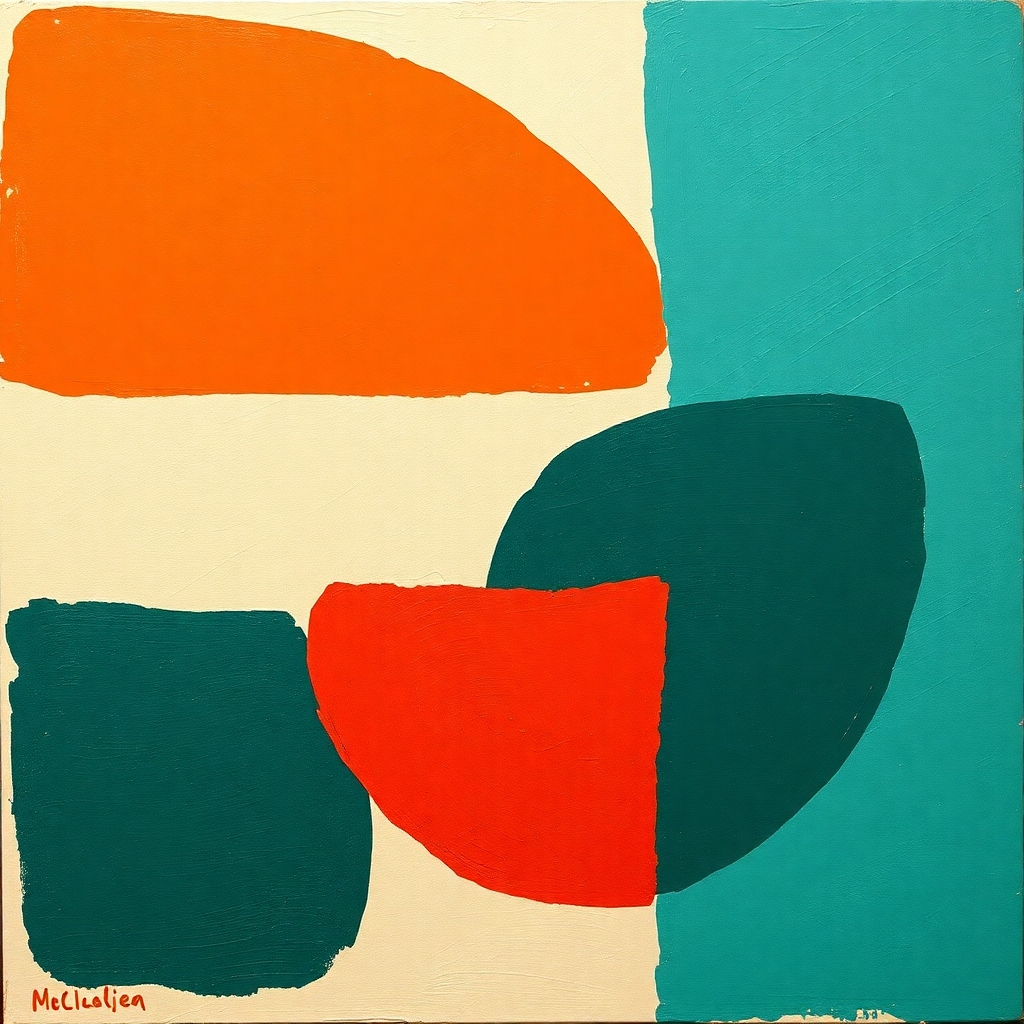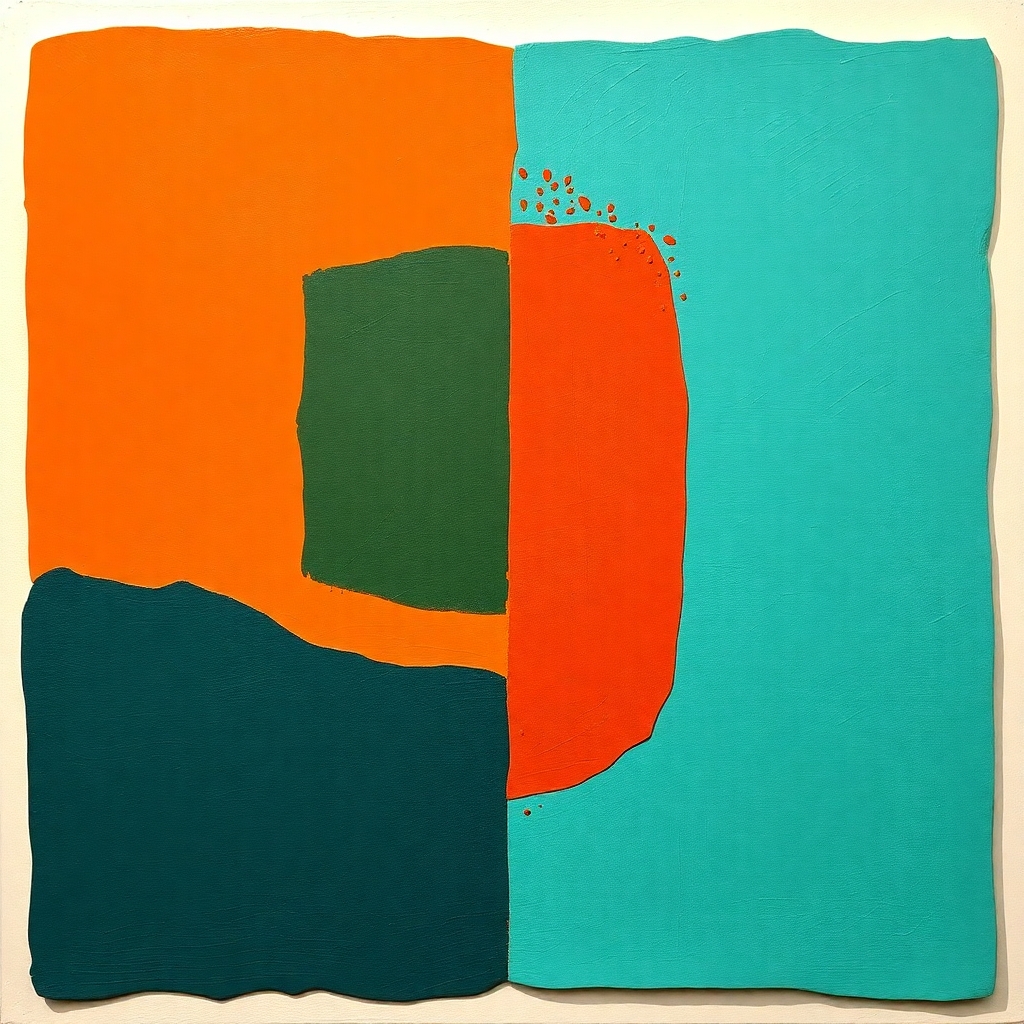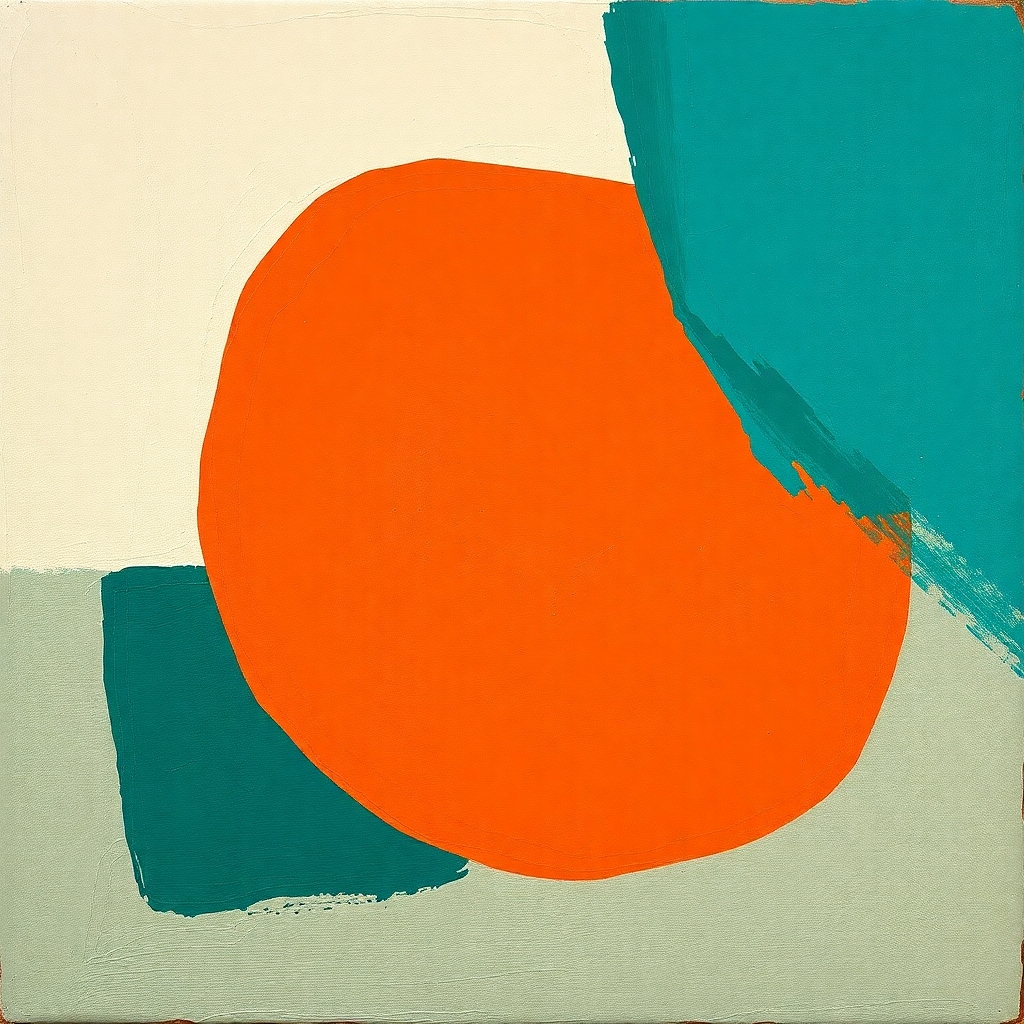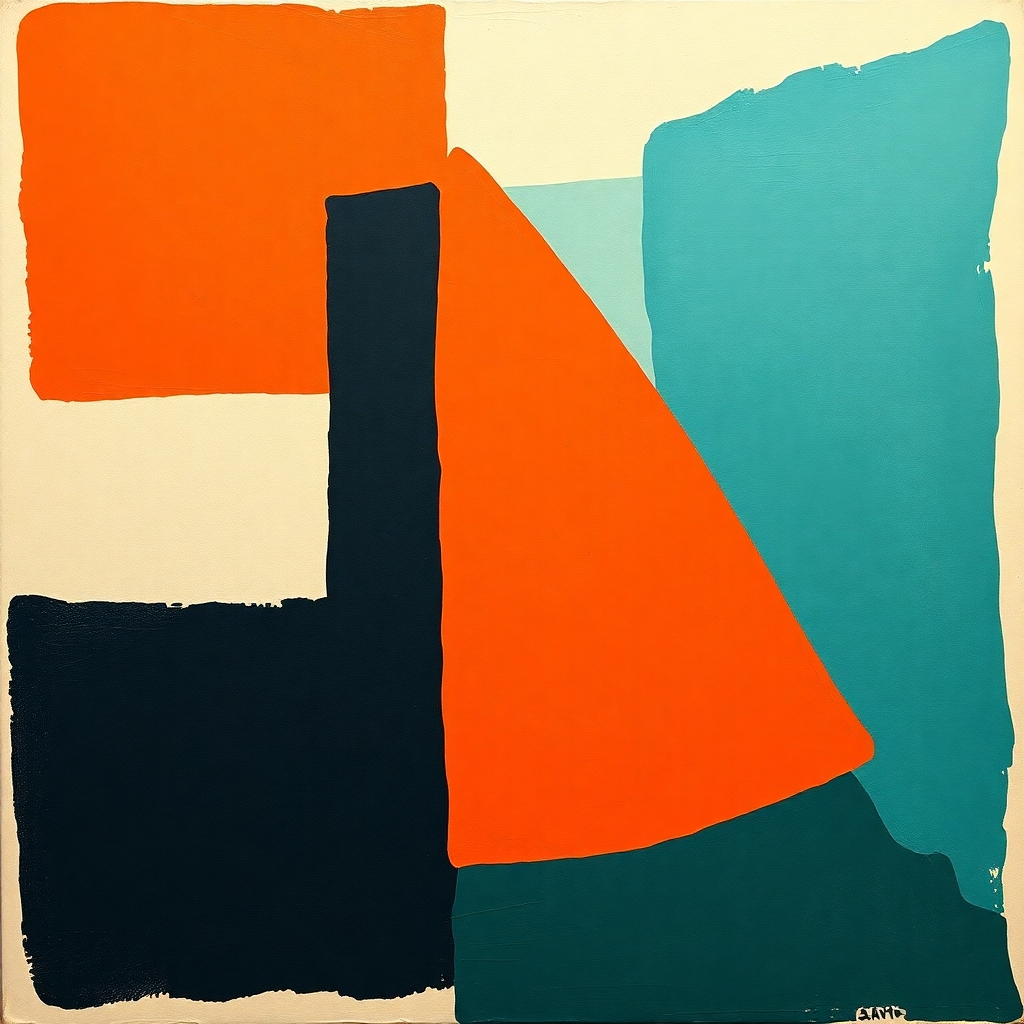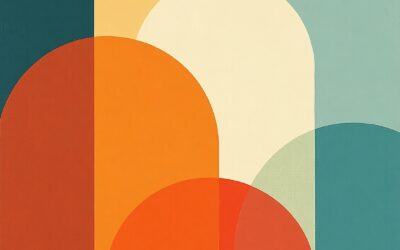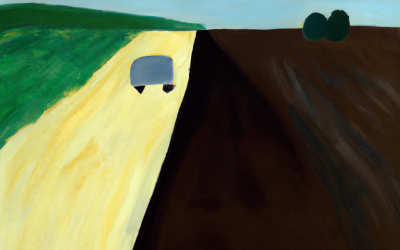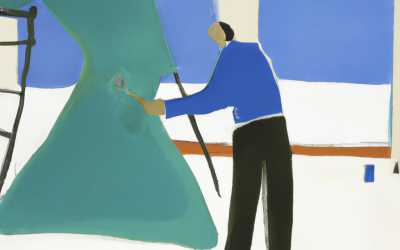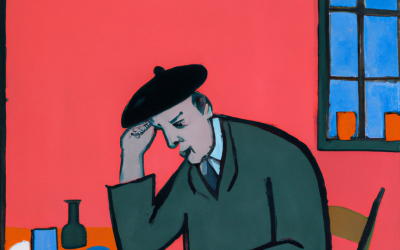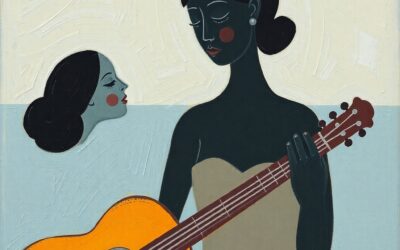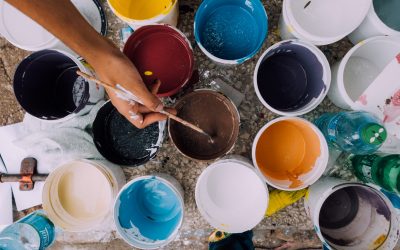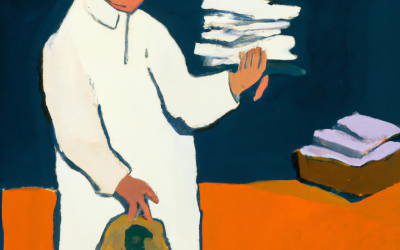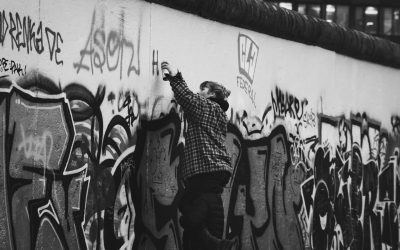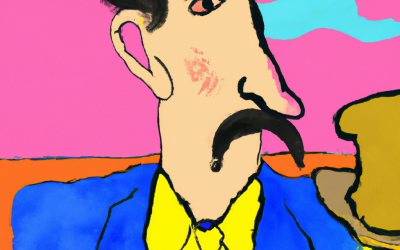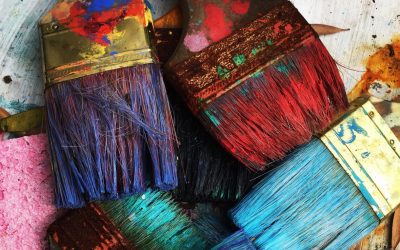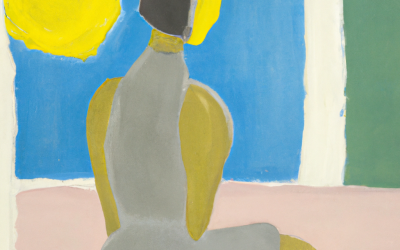Why Play by the Rules When You Can Break Them?
Art has rules—perspective, color theory, composition. But let’s be real: the best artists are the ones who look at those rules, shrug, and say, “Yeah… nah.” If you want to develop your own unique style in creative art, you have to embrace experimentation, happy accidents, and a little bit of rebellion.
This guide will walk you through how to break out of the cookie-cutter mold and create a signature artistic style that’s unmistakably you. Whether you’re a painter, digital artist, or sculptor, it’s time to shake things up!
Note: This article focuses on the visual arts, but these principles apply to all types of artists—writers, dancers, video and film artists, musicians, etc.

1. Stop Trying to Be Original (Yes, Really)
A huge myth in creative art is that you have to be completely original to stand out. Spoiler alert: everything is inspired by something else. Even the greats borrowed ideas. Picasso? Stole like a master. Van Gogh? Influenced by Japanese prints. The trick isn’t avoiding influence—it’s using it in a way that makes your art feel uniquely yours.
Action Steps:
- Make a list of five artists (past or present) whose work inspires you.
- Identify what you love about their style—brush strokes, color choices, composition?
- Mash up these influences in your own way.
Pro tip: If your influences are too obvious, mix more of them together. Imagine if Salvador Dalí and Banksy had an artistic love child. Now, that would be interesting.
2. Experiment Like a Mad Scientist
If you always paint with the same brush, use the same color palette, or draw the same subjects, you’re basically running on artistic autopilot. To develop your own style, you have to experiment—and sometimes, that means making a complete mess.
Ways to Experiment:
- Switch Mediums – If you usually sketch, try painting. If you paint, try collage. If you sculpt, try digital art.
- Break the Color Rules – Who says the sky has to be blue? Make it neon pink. Make your grass orange. Live a little!
- Use Unconventional Tools – Ever painted with a toothbrush? How about finger painting like a toddler? The results might surprise you.
- Set Weird Challenges – Try drawing without lifting your pen. Paint with your non-dominant hand. Give yourself 10 minutes to finish an entire piece.
The goal isn’t perfection. It’s discovery.
3. Embrace the Ugly Phase (Your Art Will Look Weird for a While)
You know that awkward stage in life when your haircut was bad, your fashion choices were questionable, and your selfies were tragic? Well, your art goes through that too.
Developing a unique style means embracing a period where your work might look like it belongs on a refrigerator instead of a gallery wall. That’s okay! This phase is where the magic happens.
How to Survive the Ugly Phase:
- Keep making art. Lots of it.
- Don’t delete or throw away early pieces—your future self will want to see your progress.
- Resist the urge to compare yourself to others (especially on Instagram).
- Remind yourself: even the Mona Lisa didn’t happen in a day.
4. Make Mistakes—Then Turn Them Into Features
Bob Ross was right: happy accidents are a gift. Some of the coolest artistic styles were discovered by mistake. A misplaced brushstroke, a color mix gone wrong, an accidental smudge—these “mistakes” might just be the thing that sets your style apart.
Turn Mistakes into Magic:
- Overdo It – If you accidentally create a weird texture, try exaggerating it.
- Repeat It – If a “mistake” looks interesting, do it on purpose next time.
- Own It – Some of the most famous artistic styles started as errors. (Looking at you, abstract expressionists.)
5. Create a Signature Element
Want people to recognize your work instantly? Develop a signature element—something consistent in all your pieces that screams “you.”
Examples of Signature Elements:
- A recurring theme or subject (e.g., you always paint cats wearing sunglasses).
- A distinctive color palette (e.g., all your art has a dreamy pastel vibe).
- A specific brush stroke technique (e.g., thick, chunky paint application like Van Gogh).
- A quirky detail hidden in every piece (e.g., a tiny symbol or hidden signature).
The trick is to develop this naturally. Don’t force it—let it emerge from your experiments.
6. Break One Rule at a Time (Or All of Them)
Rules in creative art exist for a reason—but breaking them is where originality happens. The key is knowing which rules to break and how to break them well.
Fun Rules to Break:
- Perspective – Who says everything has to look realistic?
- Color Theory – Ever tried making shadows yellow instead of gray?
- Composition – Who needs the rule of thirds? Put your subject dead center and own it.
- Mediums – Mix oil paint with digital, charcoal with watercolor. The art police won’t stop you.
7. Show Your Work (Even If You Think It Sucks)
A lot of artists hide their work, waiting until they’re perfect before sharing. Guess what? Perfection never comes. Sharing your process helps you refine your style, get feedback, and most importantly, gain confidence in your voice.
Where to Share:
- Instagram, TikTok, or YouTube (people love seeing the creative process!)
- Art forums like DeviantArt, Reddit’s r/Art, or Behance
- Local galleries, coffee shops, or pop-up art events
Feedback (even the scary kind) helps shape your artistic direction.
Your Style Is Already There—You Just Need to Uncover It
The biggest secret in creative art? You already have a unique style—it’s just buried under habit, fear, and comparison. The more you experiment, embrace mistakes, and break the rules, the clearer your artistic voice will become.
So go ahead—paint with a spoon, draw with your eyes closed, make a mess. In the chaos, you’ll find something unmistakably you.


